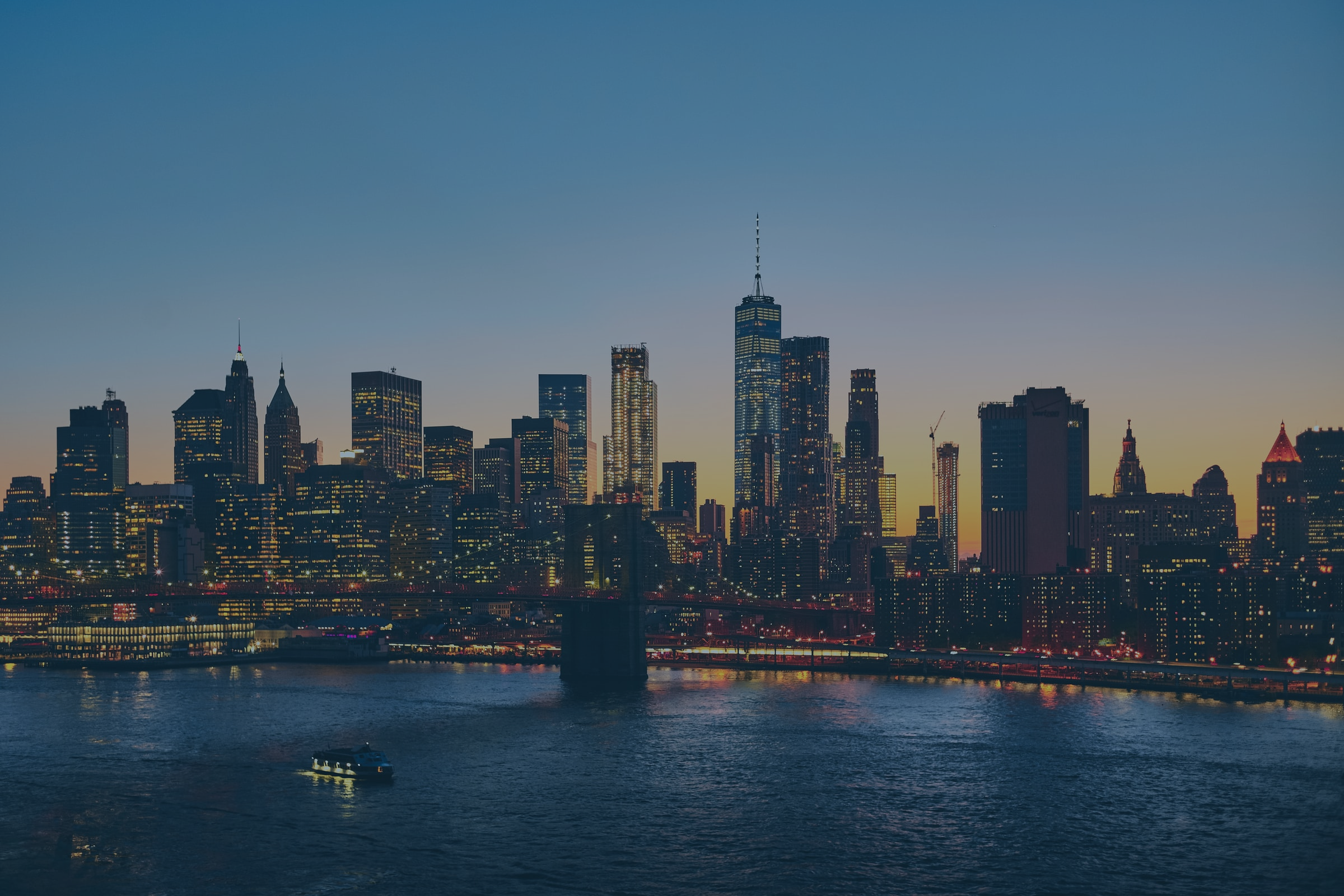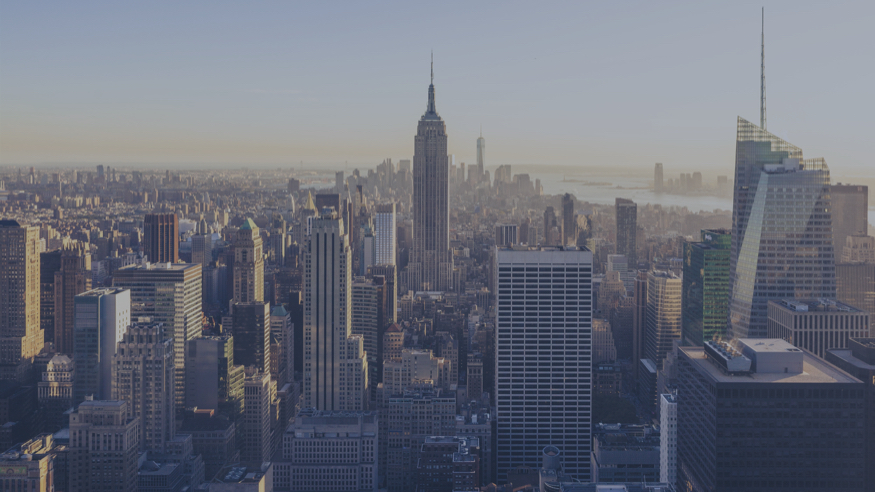
New York City is dead forever.
A claim so comprehensive and all-encompassing that it lacks the substance to garner true attention from New Yorkers. Still, it conveniently reaches the tongues of pessimists and spreads like wildfire in an already-tense social, political, and economic climate—the perfectly chaotic and anxiety-inducing combination for students, professionals, and families transitioning back into New York City. Of course, to say that New York is the same bustling metropolis, holy grail of nightlife/culture, and flooded tourist attraction it was last February is to reject the truth. And how could it be? But to say that New York is dead, lifeless, and unrecoverable is to turn your back on your home—and that is a notion I must reject.
Back in late February when COVID-19 first posed a threat in New York, there was just one overarching emotion that found commonplace among the city’s population—fear. As we faced the brunt of COVID-19’s effects throughout the spring and into the summer, this deep-rooted fear unfolded, grew, and took the shape of real, tangible, life-changing tragedy. Tens of thousands of human lives were taken, and countless measures of human progress—long-developed businesses, future study/travel plans, or major events including that of athletics and politics—were delayed if not wholly eliminated. New York City would quickly become the COVID-19 capital of the world, making a name for itself as the singular most unsafe place to reside during the pandemic—and yet, remarkably, New York proceeded to crawl up from the depths of COVID-19’s effects, stand as a model, leader, and forward innovator to urban spaces around the world in the areas of COVID-19 prevention, research, and recovery, and come to be defined by its overall solidarity, compassion, and genuine regard for human livelihood and safety. Never before in my entire life did I feel so proud to call a place my home than I did during the aftermath of the pandemic’s worst, and never did I predict a city as large, iconic, and reputably unforgiving as New York—with residents hailing from every corner of the world, practicing every faith, and living such drastically different lives from their mere closest neighbors—to become small. Shrink. Integrate into a single unit bound by genuine hope, unwavering commitment, and calculated action. To express the slightest bit of disregard, lack of empathy, or fruitless negativity toward a city that has shown such resilience in the face of a pandemic would be a grave disservice.
And oftentimes—conveniently, of course—those claiming that New York City is “dead forever” have absolutely no will, plan, or desire to change it. There is undeniably a certain demographic that criticizes from a comfortable distance, and far too often that demographic is comprised of people who would rather moan over basic inadequacies than make the first step toward solutions (i.e. donating to local hospitals/healthcare workers, staying indoors/following safety protocols, supporting local restaurants and businesses, etc.). This mindset is not unique or original in light of the current pandemic, but rather holds true through an array of different topics and institutions—politics, policies, social issues, and so on. Logically speaking, how much easier is it to complain about an issue than to actually solve it? Or rather, attempt to solve it? Contribute to solutions? Much, unfortunately. And while many of us recognize that such a mindset is unproductive and vain, it’s quite effortless in its execution. Why exert effort into hope, optimism, and practicality when you can comfortably slide into the groove of pessimism—a fan favorite and easy conversation starter! In fact, I’m beginning to sound pessimistic myself.
Thus, as you can imagine, it upset me when I announced to family and friends that I was moving back to New York City for my sophomore year of college and was met with this exact sort of negativity. Not only did it bother me, but it opened my eyes to the ubiquity of such a thought process—one marked by blind and utter complacency. Complacency in our current systems, institutions, and problems. Complacency in accepting the fact that there is greater comfort and familiarity in negativity than in forward thinking and progress. While it can be daunting to speak on ideas, solutions, or topics you’re passionate about in a genuinely positive manner, it will be personally rewarding to know that you’ve moved in the direction of change and haven’t fed into the negativity that is oftentimes so welcoming and comfortable. Courage is a value we hold deep to our core here at Scholars of Finance, and it’s one that New Yorkers unapologetically express as they stay positive, aid in the city’s social and economic redevelopment, and make their way back to residence. Facing such criticism and negativity not one but several times before my move back to New York has been quite difficult, but as mentioned, I’ve confronted it with my passion for positive change, commitment to forward thinking, and loyalty to New York’s recovery—and haven’t looked back since.
In a world where one can choose to be anything, I may never understand why so many choose to be negative. How can you live a positive life with the weight of a negative mind? Moving forward, when prompted with “Why would you move back there now? New York City won’t ever return to normal!” I’ll simply make it known that normal wasn’t in the cards—New York will be back and better.



Recent Comments